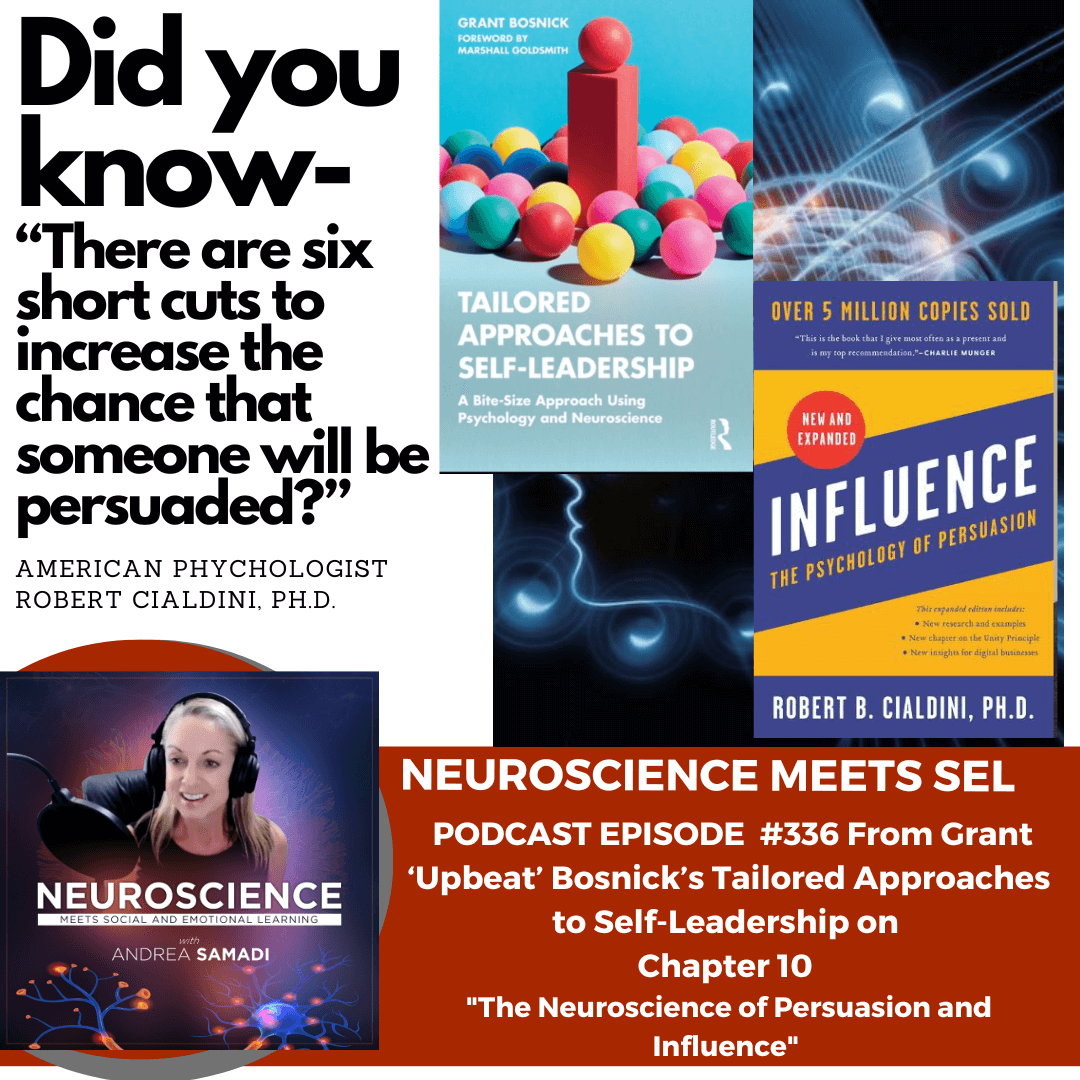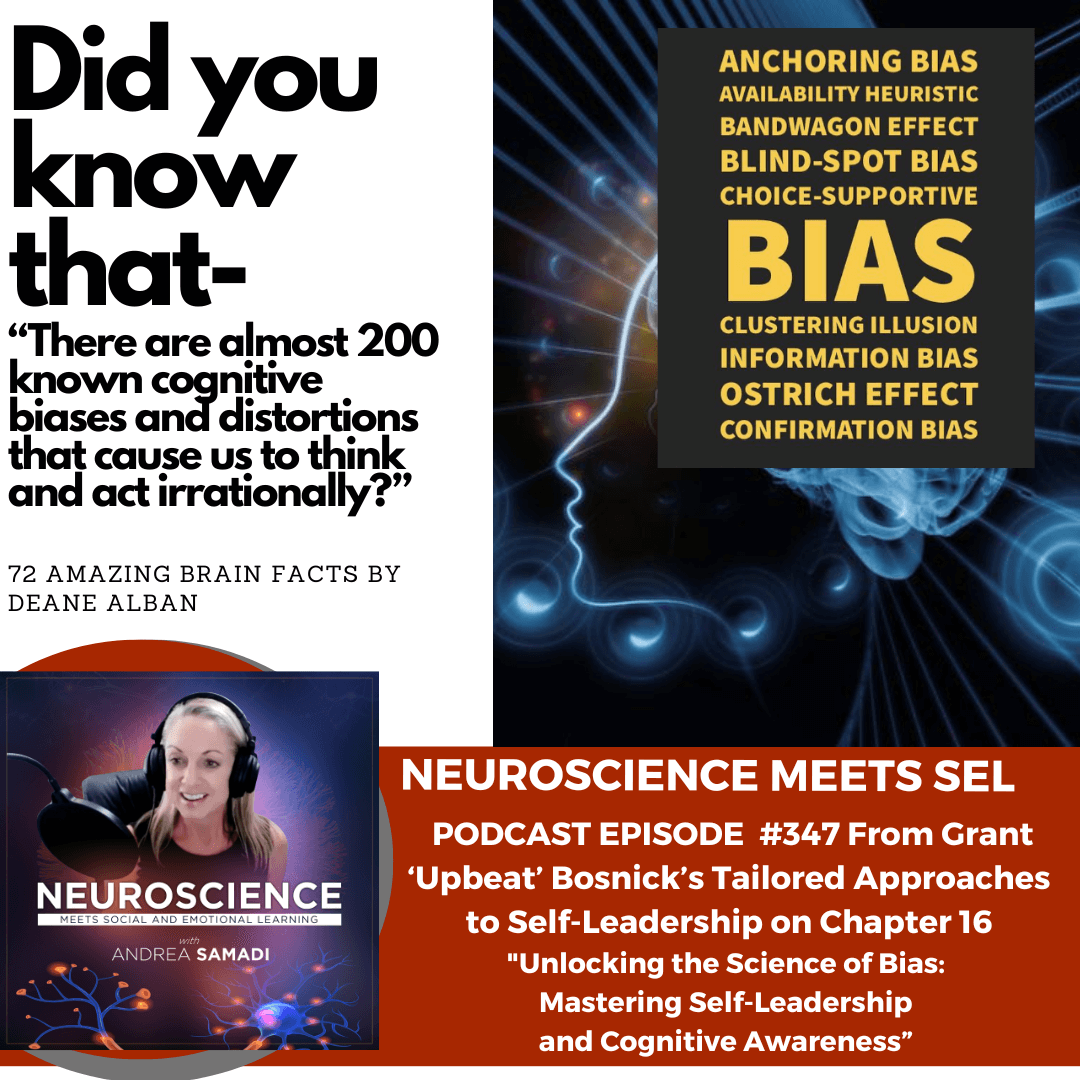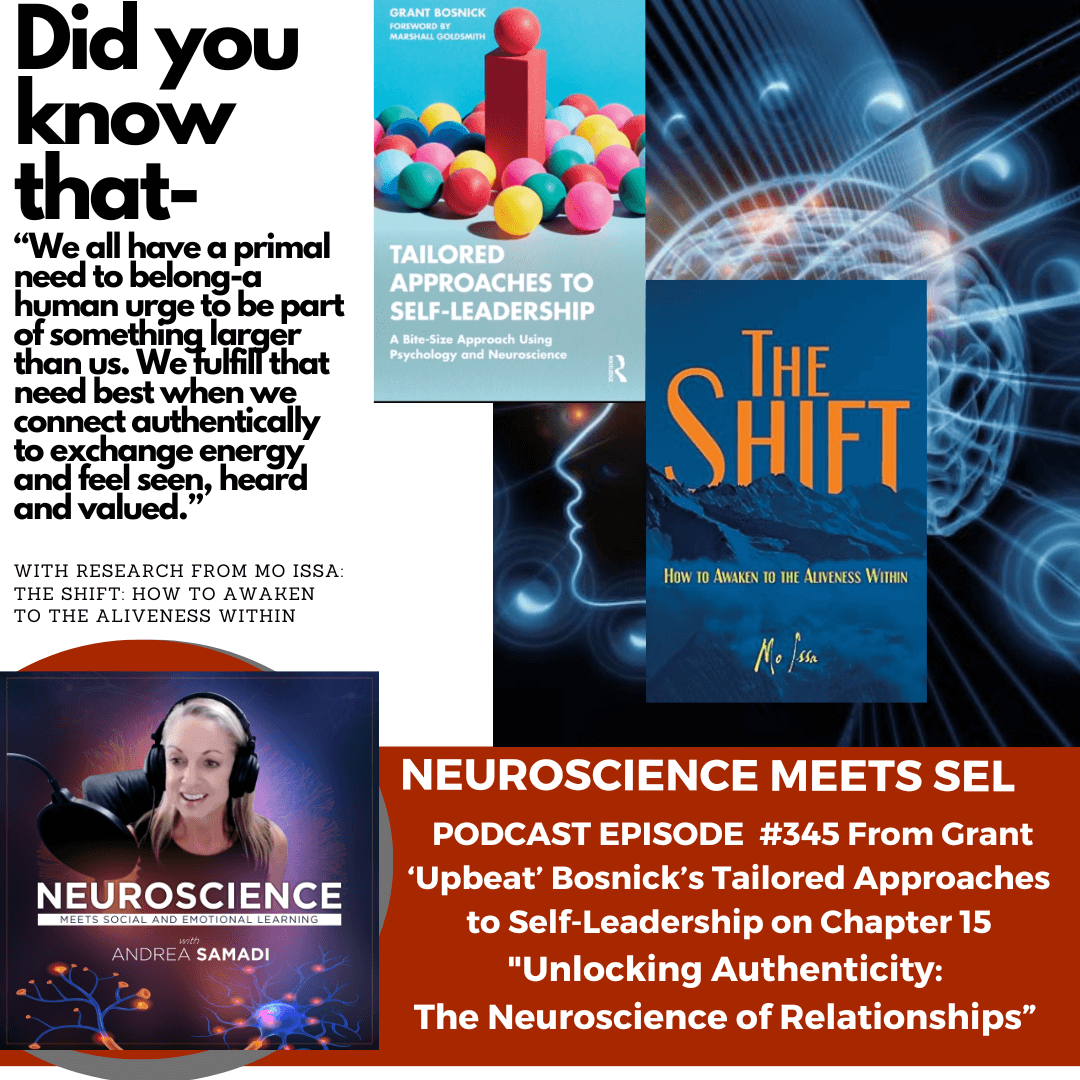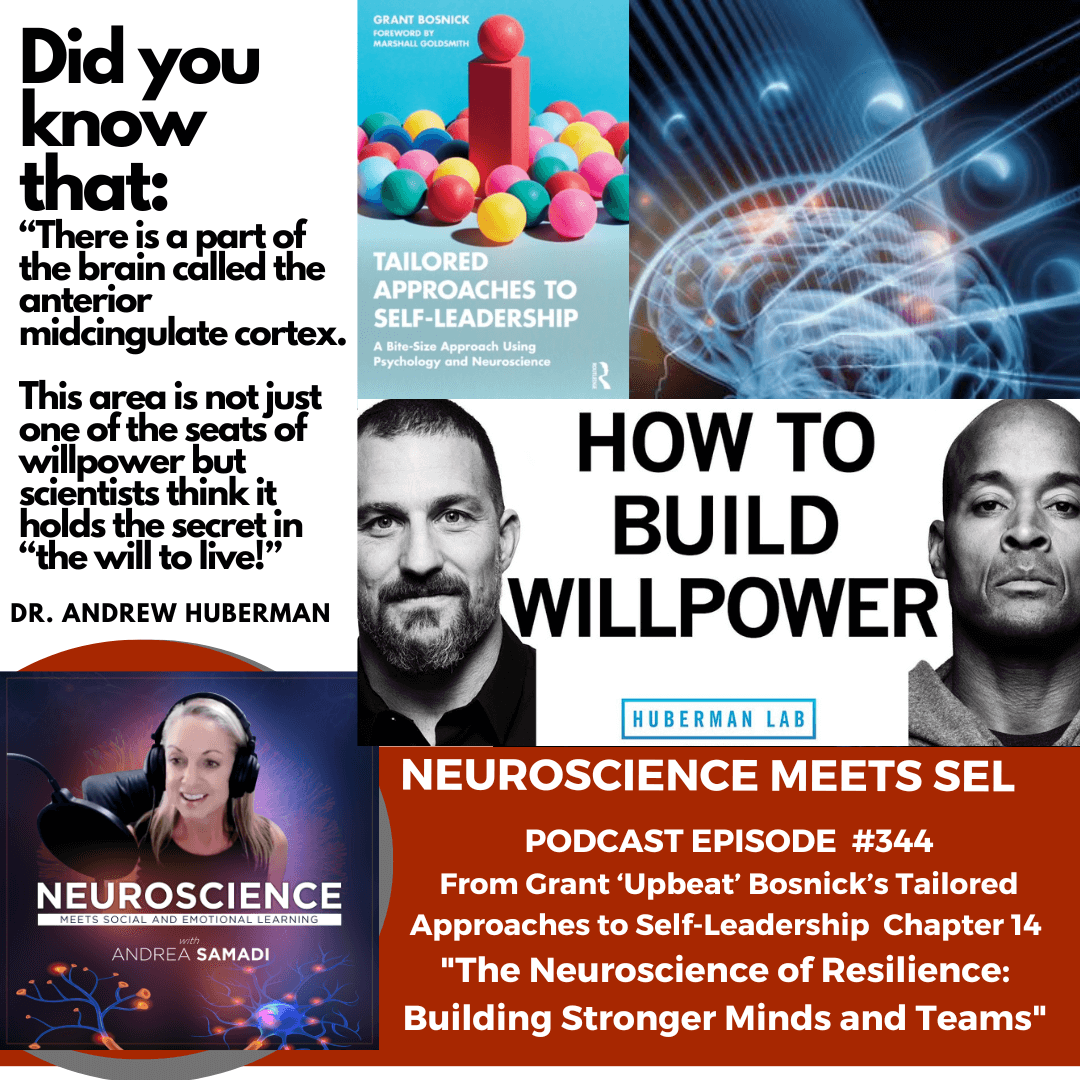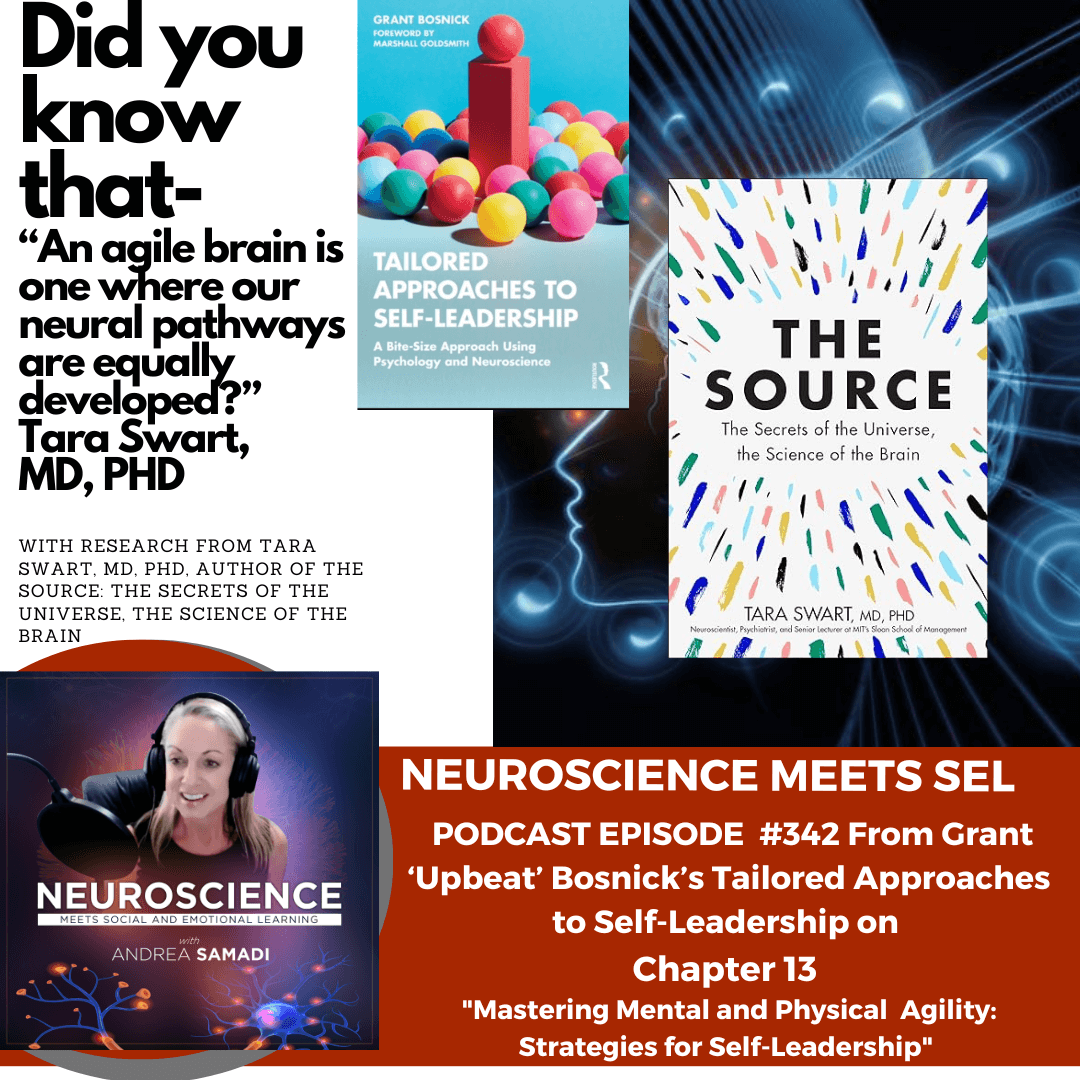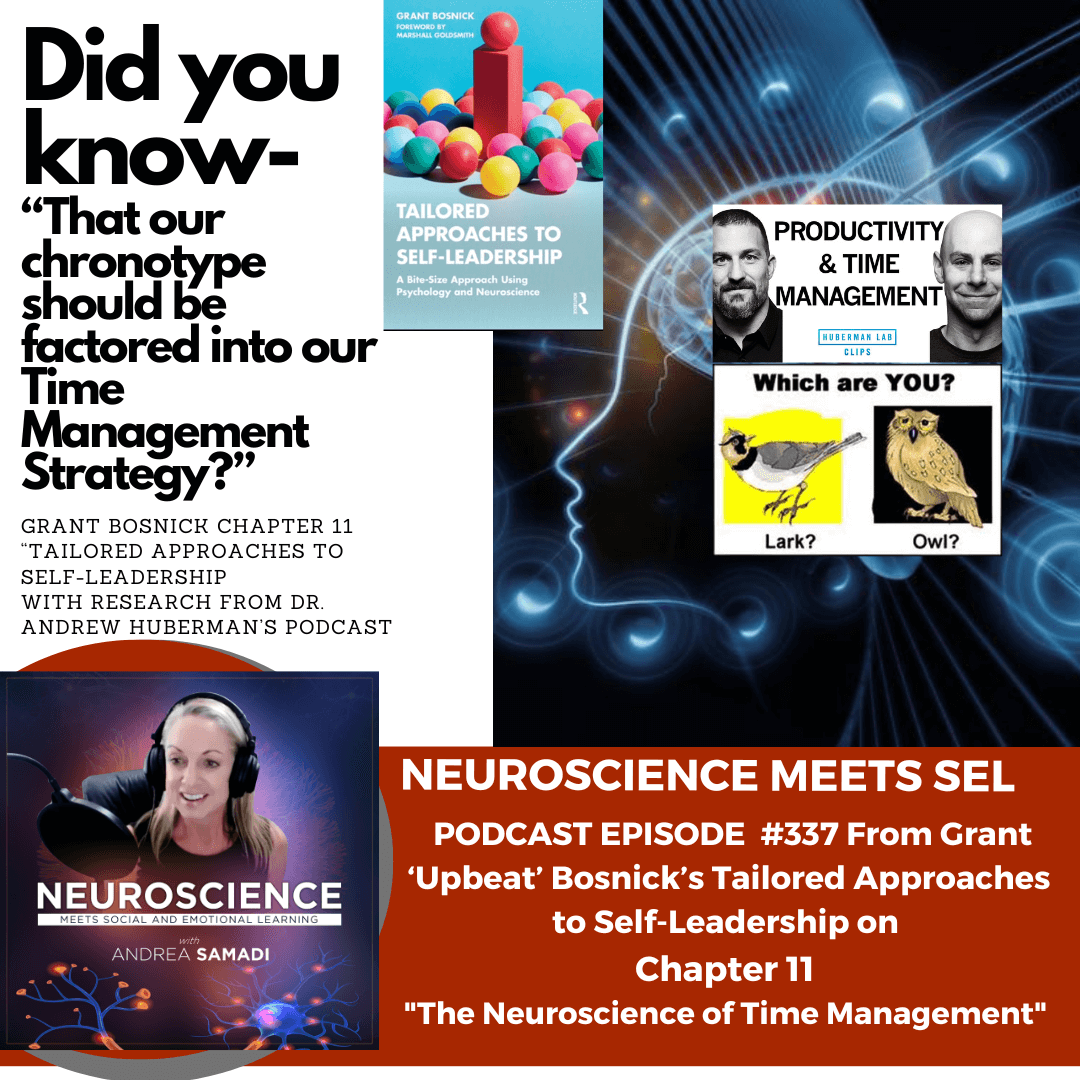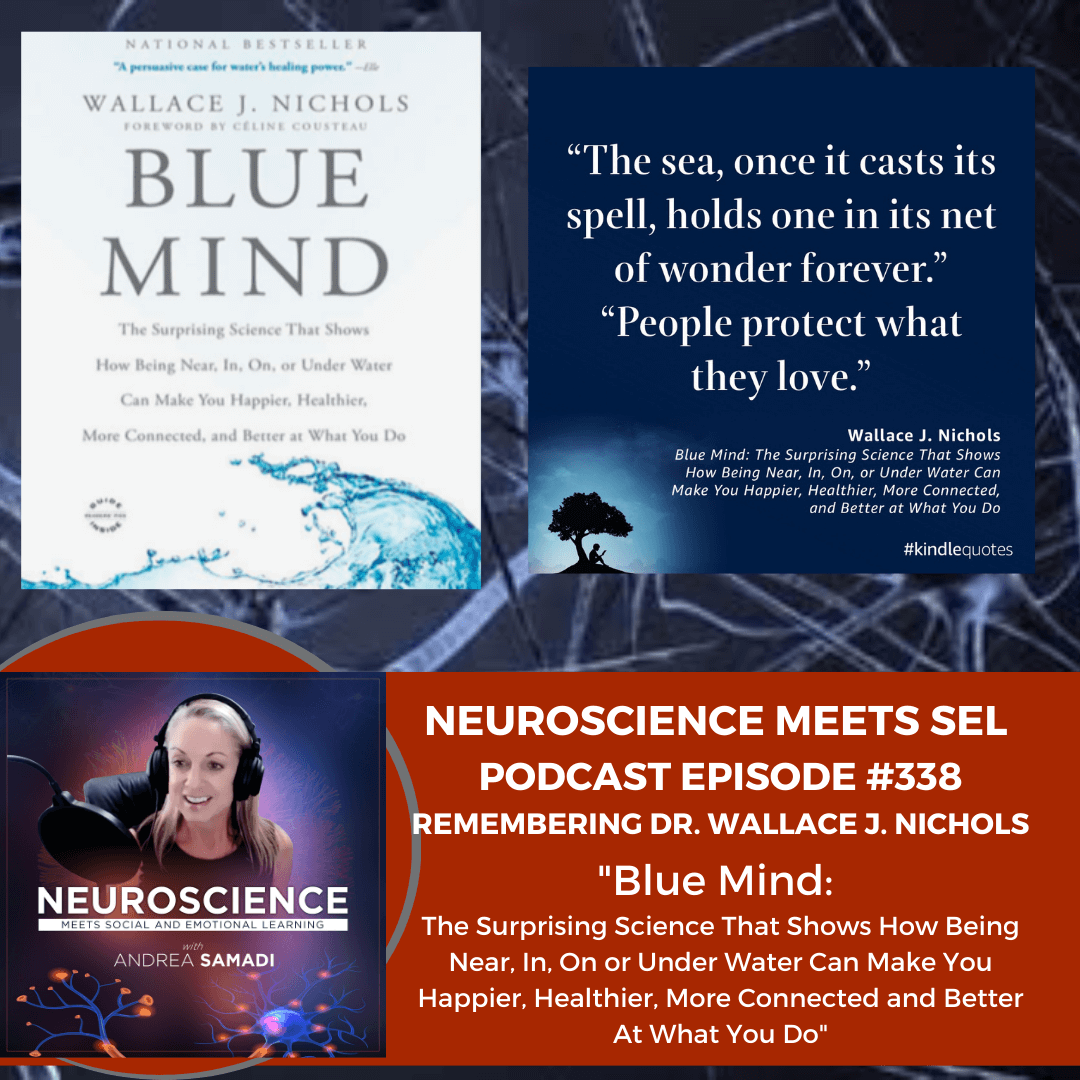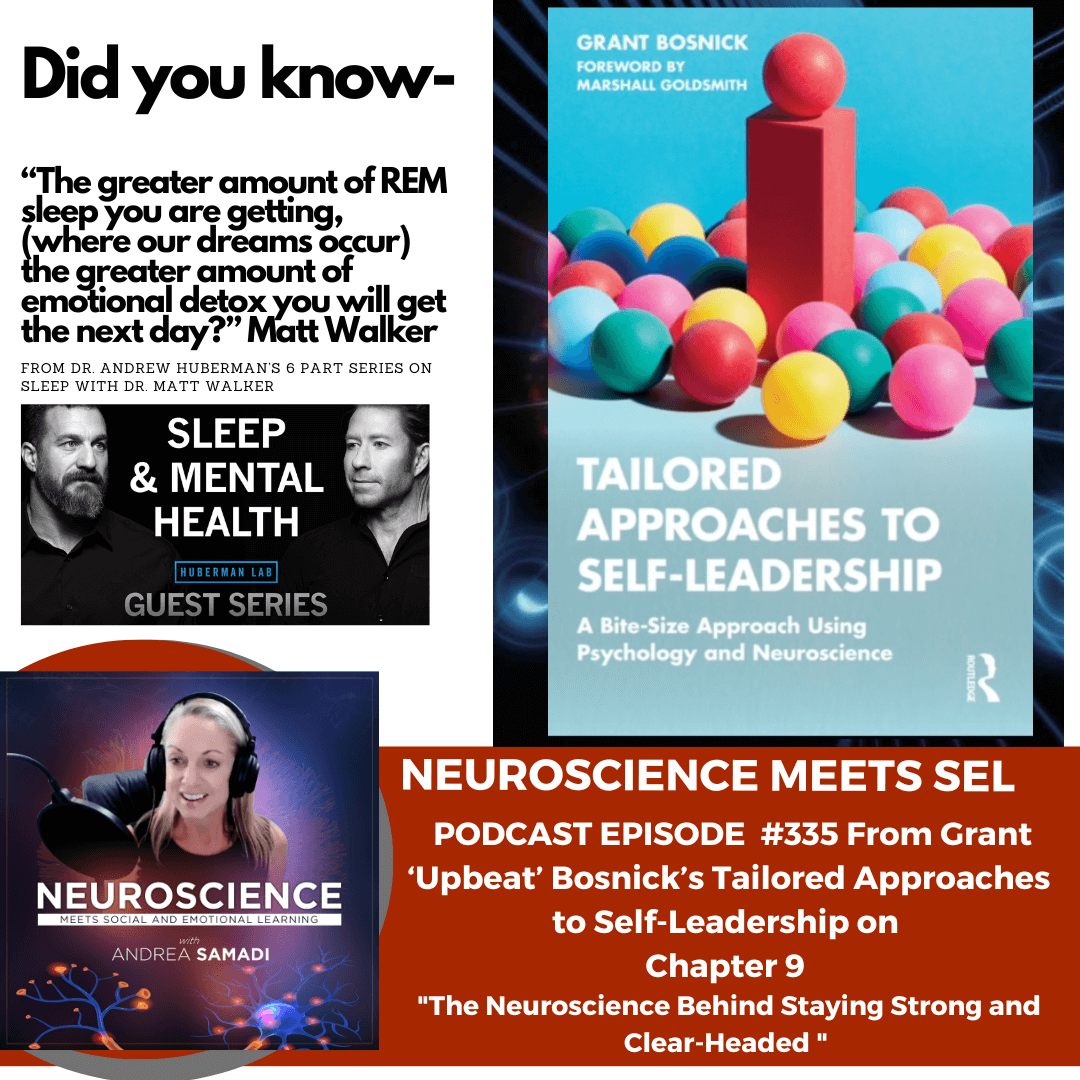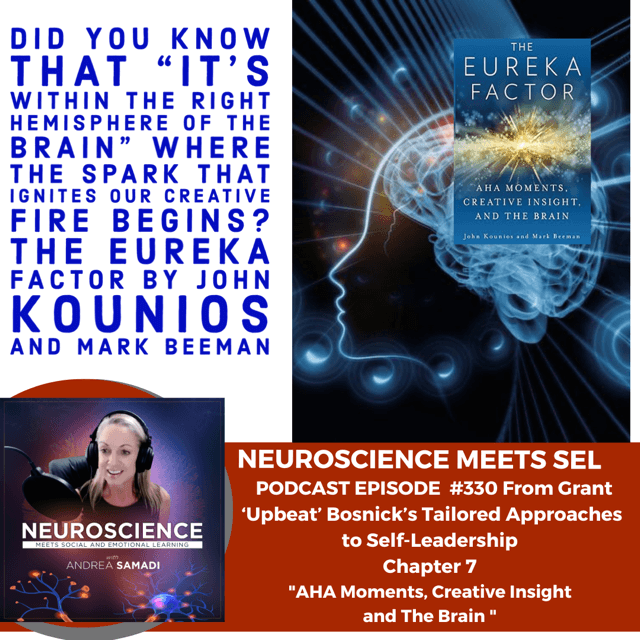Insights from Grant 'Upbeat' Bosnick: "Unlocking the Science of Persuasion and Influence" Chapter 10
Description
Welcome back to Season 11 of the Neuroscience Meets Social and Emotional Learning Podcast, where we connect the science-based evidence behind social and emotional learning and emotional intelligence training for improved well-being, achievement, productivity, and results using practical neuroscience.
In today's episode, number 336, we continue our 18-week Self-Leadership Series based on Grant Bosnick's tailored approaches to self-leadership. We delve into Chapter 10, exploring the neural science of persuasion and influence. This topic emerged as a key focus area for 2024, providing insights into why understanding persuasion and influence is essential for long-term success.
We revisit past episodes and notable works like Jack Carew's You'll Never Get No for an Answer and Mark Waldman's Words Can Change Your Brain. Learn about the three modes of persuasion—logos, pathos, and ethos—as well as practical strategies for improving your persuasive approach.
Discover how to apply six scientifically validated principles of persuasion by Dr. Robert Cialdini, focusing on reciprocity, scarcity, and authority. These principles can help you build lasting influence and effectively communicate your ideas.
Join us as we explore the difference between persuasion and influence and how to use these skills to achieve your goals while helping others. This episode is dedicated to Monica Gilfillan, a highly influential figure in education, whose support and inspiration remind us of the power of helping others first.
Don't miss out on these valuable insights to enhance your self-leadership journey. Subscribe, review, and rate our podcast to stay updated with new episodes!
On today's EPISODE #336 we will cover:
✔ The difference between persuasion and influence.
✔ Strategies to improve our persuasion muscles and ways to become more influential for longer lasting relationships and impact.
✔ 3 Tips to Put the Science of Persuasion and Influence into Practice in our Daily Lives.
✔ Dedicated to Monica Gilliflan, a highly influential figure in education, whose support and inspiration remind us of the power of helping others first.
On today's episode #336 we continue with our 18-Week Self-Leadership Series based on Grant Bosnick’s “Tailored Approaches to Self-Leadership: A Bite Size Approach Using Psychology and Neuroscience” that we first dove into with our interview on EP #321[i] the end of January. The goal was that each week, we focused on learning something new, (from Grant’s book) that builds off the prior week, to help take us to greater heights in 2024.
For Today, EPISODE #336, we are moving on to Chapter 10, covering “The Neuroscience of Persuasion and Influence” which came as a surprise to me that Pathway Two, showed up as my highest area of focus for 2024. When I looked at the topics that are listed in this pathway, I can see why this area is a work in progress for me, and this self-assessment picked up that I need to make these 3 areas listed in this pathway, a priority in 2024. I’m paying attention to what neuroscience says about persuade and influence, in addition to inspiration, motivation that we covered on EP 324[ii] and presence, that’s the last chapter in this book, and I think the most important. (at least for me).
If you’ve taken the leadership self-assessment[iii], look to see if Persuade and Influence is of a low, medium or high priority for you to focus on this year.
Thinking back on past episodes, I know we have not yet covered this topic entirely, except for the time I was asked to review Jack Carew’s classic book from 1987 called You’ll Never Get No For an Answer that was covered on EP176.[iv] We explored “Why Our Brains Don’t Like the Word No” and revisited Mark Waldman’s book from 2013 Words Can Change Your Brain where we were reminded that “Words can heal, or hurt—if you were in an fMRI scanner (that can take a video of the neural changes happening in your brain) (and you were told a firm NO! for something) we could record, in less than a second, a substantial increase of activity in your amygdala and the release of dozens of stress-producing hormones and neurotransmitters…that immediately interrupt the normal functioning of your brain, especially those that are involved with logic, reason, language processing, and communication. And the more you stay focused on negative words and thoughts, the more you can damage key structures that regulate your memory, feelings, and emotions. This may disrupt your sleep, your appetite, and the way your brain regulates happiness, longevity and health.”[v]
In this episode, we looked at 5/10 of Jack Carew’s unique strategies that American Author and Salesman Og Mandino encouraged us all to read to improve our communication and influence with others and I noticed that Strategy 2 was to stop looking out for number one and always look for how you can help others first.
So, after noticing this, I went straight to Chapter 10 of Grant Bosnick’s book, on “Persuade and Influence” to see what he had to say on this topic.
Right off the bat, in the opening of this chapter, Bosnick asks us to think about how we would persuade someone else to do something, like give you a pen you would like to have, for example, or ask for a promotion, or ask someone to buy something you are selling.
Then he differentiates the word persuade that he says “we can think of as quick, more direct, more for short-term or immediate gain” (Chapter 10, Bosnick, Tailored Approaches to Self-Leadership) while influence he says “is softer, more subtle, much more for longer term and lasting gain.” (Chapter 10, Bosnick, Tailored Approaches to Self-Leadership)
Persuasion Bosnick says is “more tactical, whereas influence is strategic.” He gives us the history of persuasion, explaining its origin from the early Greek Philosophers, and that Aristotle wrote about three modes of persuasion: logos (that’s about logic and reason), pathos (that’s about emotion and inspiration) and ethos (that’s about the speaker’s own character and credibility).
Thinking of Jack Carew’s second tip in his book to improve our influence with others (by putting other people first) I think is a good example of a strategy that builds this concept for long-lasting gain (influence) versus persuading someone to give me something that I need for short-term, or immediate gain (like, to pass me their pen, so I can write down something important that I’ll need to remember).
Bosnick provides a list of strategies to improve our persuasive approach, that includes giving people a sense of ownership, or automony to persuade them to take action with something, or by praising them, and making them feel good for taking action.
He offers an exercise to further build our persuasive skills by asking us to complete a sentence: I would like to persuade x to do the following.
Then he brings in Jack Carew’s strategy for becoming more influential and asks us to think about “what’s important to them: their goals, concerns, passions and values.” (Chapter 10, Bosnick, Tailored Approaches to Self-Leadership, Page 109).
Bosnick goes on to explain how to build influence and his exercise reminded me of a networking event I attended in 2014 called Ceospace.[vi] This was an organization where many leaders came up with an idea, and took their idea out into the world, with the help of a larger, more influential network. Author Adam Markel wrote that “it was one of the most magnificent places for entrepreneurs and business owners to come together to seek guidance, insights, inspiration, collaboration, and support.” It’s where Jack Canfield[vii] came up with the idea for his Chicken Soup for the Soul book series, where Lisa Nichols[viii] first began public speaking, and where countless thousands of others launched their ideas into the world.
The CEO of this organization passed away in 2020, and from what I can see, this organization didn’t thrive without his presence. This CEO, Berny Dohrman, had quite a life story. I felt a connection to Berny because of his passion to make an impact on our educational system. He wrote a book called Super Change[ix] that was about the tools and strategies needed to survive and thrive in an uncertain future.
What I think Berny Dohrmann had that was special, was that he used his influence, to create long lasting change in others. He did not persuade anyone to come to his events for short term results, but was able to influence others easily, with a vision for a better future. It all stemmed around his networking event, where participants would do speed rounds, to meet as many people as possible, asking the other person “What are you working on, and how can I help you.” At the end of the event, participants would have access to high level connections, all who were willing to share the strategies for success that worked for them. It was a brilliant idea, and I know this event took many leaders to new heights.
The Science of Persuasion and Influence
What was so special about how Berny Dohrmann influenced others? Why was Jack Carew’s book from the 1980s still being taught in sales training classes today? I had to look up the Science of Persuasion and Influence and found “6 Scientifically Validated Principles of Persuasion and Influence” that came from Dr. Robert Cialdini.[x] (Chald-ini) I picked the first three to highlight here.
- Reciprocity. We are obliged to give if we have been given something. This was the whole idea behind Berny’s networking events. Partic

